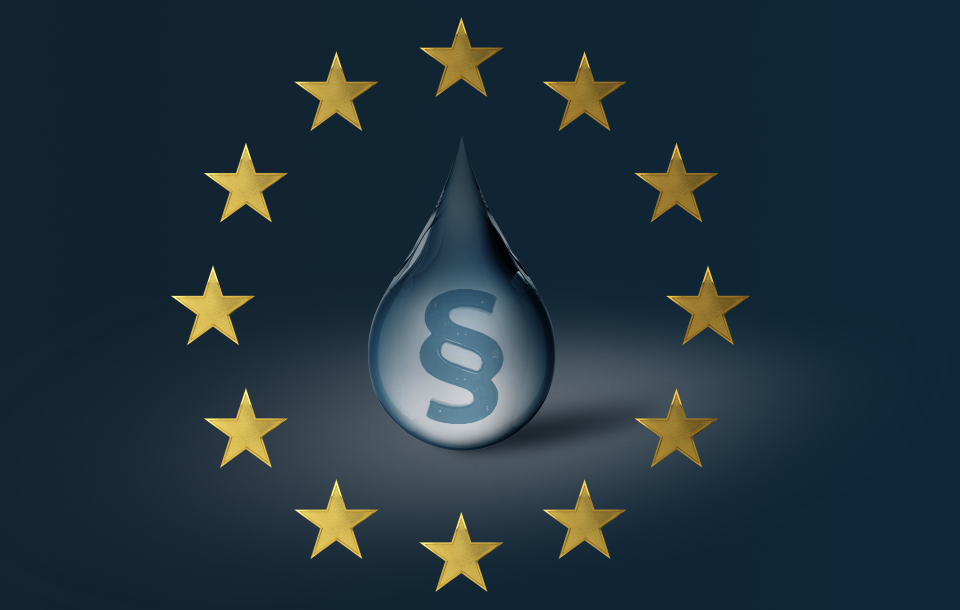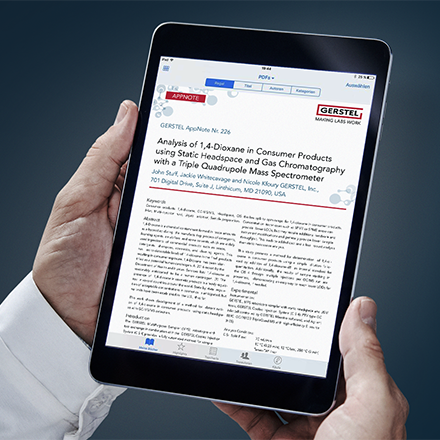The EU Water Framework Directive (EU-WFD) establishes “a framework for the protection of inland surface waters, transitional waters, coastal waters and groundwater”. Every EU member country must test the “chemical status” of surface water in each river basin district, regularly monitoring for a list of priority substances. The analysis methods used are to fulfill certain performance criteria (Commission Directive 2009/90/EC of July 31, 2009).
The GERSTEL EU-WFD analysis significantly reduces the amount of solvent needed while determining 100 analytes, including particle adsorbed analytes, in only a 100 mL sample of water. Only a few mL of mainly polar solvent is used to displace particle bound analytes. The analyte list constitutes an extensive excerpt of the EU-WFD, the Commission Implementing Decision (EU) 2015/495 (“watch list”), as well as the German Oberflächengewässer-Verordnung (OGewV, version July 2011).
Analyte extraction is performed by Stir Bar Sorptive Extraction (SBSE) using the GERSTEL Twister®, a glass-encased magnetic stir bar coated with an extraction phase of polydimethylsiloxane (PDMS). A large number of samples can be extracted simultaneously with only limited manual labor involved. While the Twister stirs the sample, analytes partition between the PDMS phase and the liquid sample phase. To extend the range of extracted compounds, and to extract particle-adsorbed compounds, sequential SBSE, developed by Ochiai et. al., is utilized: A single sample aliquot is extracted sequentially by two Twisters under different conditions, for example without and with salt or solvent added.
Subsequently, both Twisters from each sample are desorbed simultaneously in the GERSTEL Thermal Desorption Unit (TDU) and the analytes focused in the Cooled Injection System (CIS 4). They are then transferred to the GC column, separated, and determined using triple quadrupole MS detection in multi reaction monitoring (MRM) mode resulting in a single chromatogram and report with all analytes. The extracted analytes are quantitatively transferred onto the GC-MS/MS for highly sensitive determination.
For most analytes, LOQs in the low double digit to the low triple digit pg/L range are reached. The method has been validated extensively with Relative Standard Deviations between 1 and 15 % for all compounds, averaging 6.9 %. The EU-WFD LOQ requirements for surface waters are reached for all analytes with the exception of Cypermethrin, Heptachlor and heptachlorepoxide. To date, no technique known to us reaches the requested LOQs of 0.06 pg/L for heptachlor and heptachlorepoxide. The EU-WFD analysis system has been successfully applied to real world water samples.

